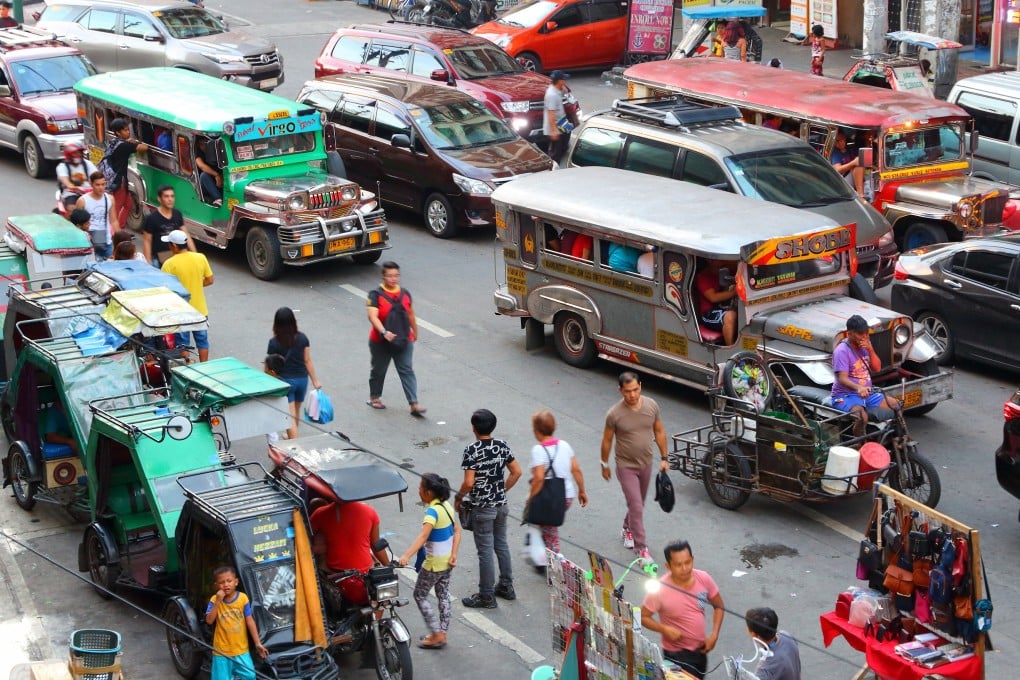Insiders’ guide to Manila, Philippine capital and cultural melting pot
Locals share their tips on what to see, do and buy, from discovering iconic landmarks and hidden gems, to encountering Filipino craftsmanship

It’s a dizzying prospect for the visitor, so we’ve spoken to three locals to get their tips on how to make the most of your time here. Farah Abu crafts Philippine-inspired statement jewellery under her eponymous brand; Dylan Gozum manages a farm that hosts weddings and social events in nearby Rizal province; and Rey Ballesca is a tour guide with 10 years’ experience.

“We take all our guests there,” says Abu. “You can learn about the life of our national hero, José Rizal, as that’s where he spent his last days.”
But it’s worth staying in Intramuros beyond the typical tricycle tour, to soak up the atmosphere and culture.
